This page contains some affiliate links. To learn why ReptiFiles sometimes uses paid links, read here.

Natural Substrates
- DIY mix: 60% organic topsoil + 40% peat moss
- Lugarti Natural Reptile Bedding
- Zoo Med Reptisoil
- The Bio Dude Terra Fauna bioactive kit
Layer the substrate 2-4″ thick to aid in moisture retention and ambient humidity. Natural substrates should be spot cleaned daily and replaced monthly. For best results, use with a drainage layer like Zoo Med Hydroballs or The Bio Dude’s Hydrogrow to prevent the substrate from getting soaked.
I prefer natural substrates because they hold humidity better and they’re a lot more attractive. However, these substrate have loose particles can can pose an impaction risk to individuals smaller than 13g if they ingest it.
Bioactive substrates and enclosures are nice because they use symbiotic relationships between the animal (in this case, gargoyle gecko), plants, and certain detritivore species to break down waste. The result? Essentially a self-cleaning terrarium. For more information, read the files in Reptile & Amphibian Bioactive Setups on Facebook and check out my blog posts on the subject listed here.
Artificial Substrates
- Paper towels
- Blue shop towels
Artificial substrates win no awards for being particularly attractive or natural-looking, and they can make maintaining humidity a bit challenging. That being said, they are cheap and easy to replace or clean, making them a favorite for many keepers. They’re particularly useful during quarantine! Solid substrates should be spot cleaned daily, and paper towels should be replaced at least weekly.
Bad Substrates
- large-particle beddings like cypress bark (impaction risk)
- pine/cedar-based substrate (contains harmful VOCs [source])
- reptile carpet (the fibers can catch and damage delicate gecko toes!)
- coconut fiber/Eco Earth (expands in the stomach)
a

